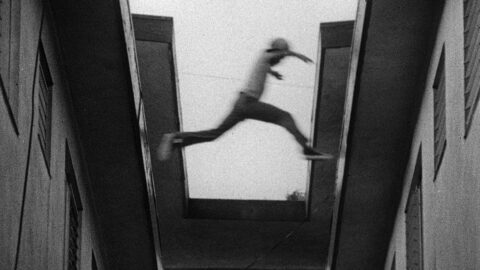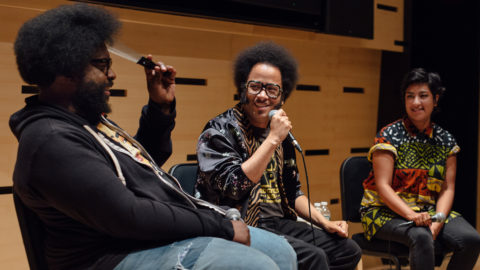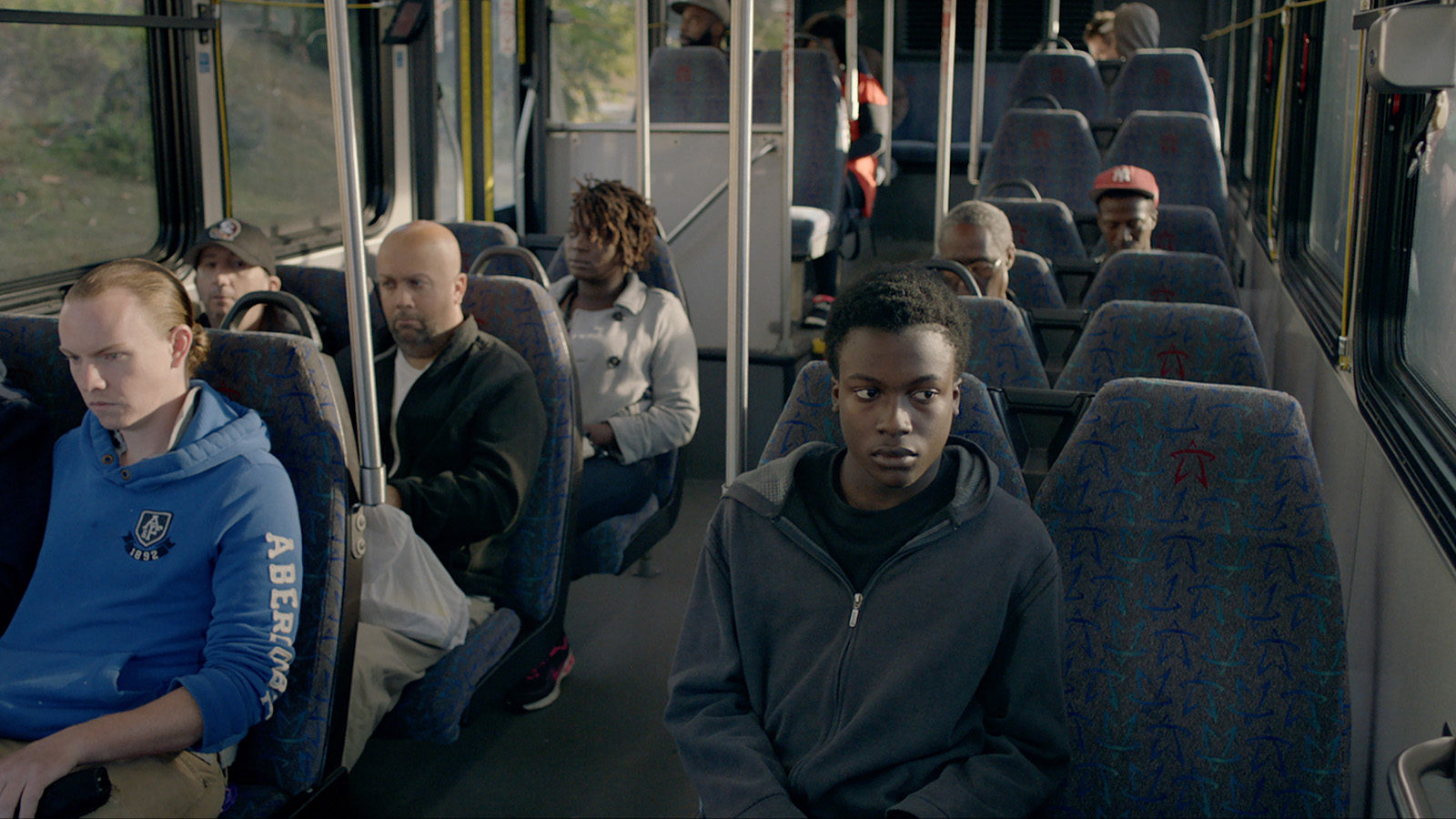
Review: Life and Nothing More
Because there is nothing flashy, cool, or kinetically exciting about Antonio Méndez Esparza’s second feature, you might not realize while watching Life and Nothing More that it is a near-perfect film, one that easily bears comparison with early works by the Dardenne Brothers, Ruby in Paradise by American indie pioneer Victor Nunez (who, here, is an executive producer), and Charles Burnett’s Killer of Sheep. Set in northern Florida in 2016-17, it focuses on Regina (Regina Williams), an African-American woman in her early thirties who works in a diner for minimum wage in order to provide for her two kids, 14-year-old Andrew (Andrew Bleechington) and his 3-year-old sister (Ry’nesia Chambers). Regina’s husband is doing hard time and she’s desperate for their son not to end up like him, although statistics aren’t on Andrew’s side.
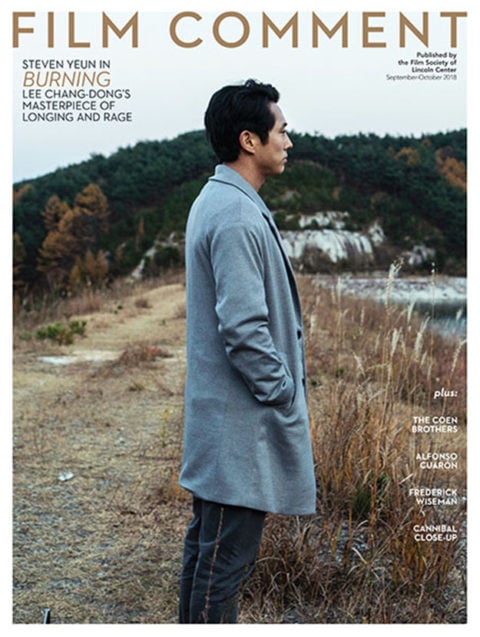
Those statistics—that in Florida’s Leon County, which has the highest per capita crime rate in the state, 80 percent of those booked into the system are African-American and 50 percent of that 80 percent are 12 to 15 years old—are never mentioned in the film, which is political but never didactic. The Leon County that we see does not seem particularly violent, although it is segregated into poor, largely black neighborhoods like the one where Regina and her children live, and the affluent neighborhood where Andrew sometimes goes to be alone, and where he gets into trouble for sitting on a park bench while black. While the heart of Life and Nothing More is revealed in the sequences involving Regina and Andrew in their cramped apartment, those are surrounded with many short, elliptically edited scenes that give us a sense of the institutions that shape and wear down the lives of mother and son—work, school, the criminal justice system.
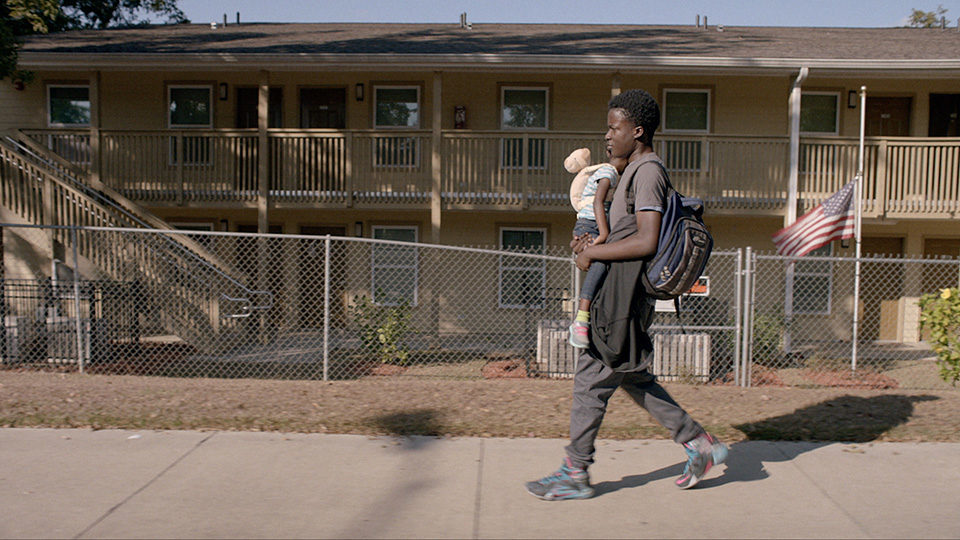
The editing by Santiago Oviedo is exemplary, as is Barbu Balasoiu’s cinematography, which favors wide-angle lenses and framing characters in medium-long shots. Both fulfill the push/pull of intimacy and distance that is basic to Méndez Esparza’s filmmaking, and which is liberating for both the fictional characters and the audience. We empathize with the characters’ struggles, we admire their courage, we want them to succeed or at least not to be destroyed, but we are also aware of how tenuous the connections are between human beings, let alone between ourselves and characters on a movie screen.
Perhaps this refusal of the filmmaking conventions that foster a glib sense of identification has to do with Méndez Esparza being something of an outsider to the society he explores but is wary of exploiting in his movie. Born in Spain, and holding a degree from Columbia’s School of the Arts, he spent two years researching the way people live in a state where Jim Crow has never disappeared, and looking for people who were not professional actors to play the central characters in a film that that would be partly improvised out of their experience. His great discovery is Williams, who lives fully on camera, without prettifying her character’s behavior.
Regina is exhausted and at the end of her rope every day; Life and Nothing More opens on a bus where she is badgering Andrew, who responds by going silent. He’s learned not to engage with his mother, but this coping mechanism occasionally causes him to explode in ways that are dangerous to him. “I’m done with you; I’m done!” she rages, as Andrew tries to escape her wrath by moving to another seat. In the next scene they are in a courtroom, where Andrew is sentenced to probation for having attempted to steal a car. Far from “done,” Regina promises that she will make sure he obeys the rules, and we understand that her anger is a result of her frustration at not being able to protect him from a penal system that already has him in its grip. Emotionally generous, volatile, and scrupulously honest, Williams’s performance is as extraordinary as the precisely controlled film in which she is the cherished centerpiece.
Amy Taubin is a contributing editor to Film Comment and Artforum.



